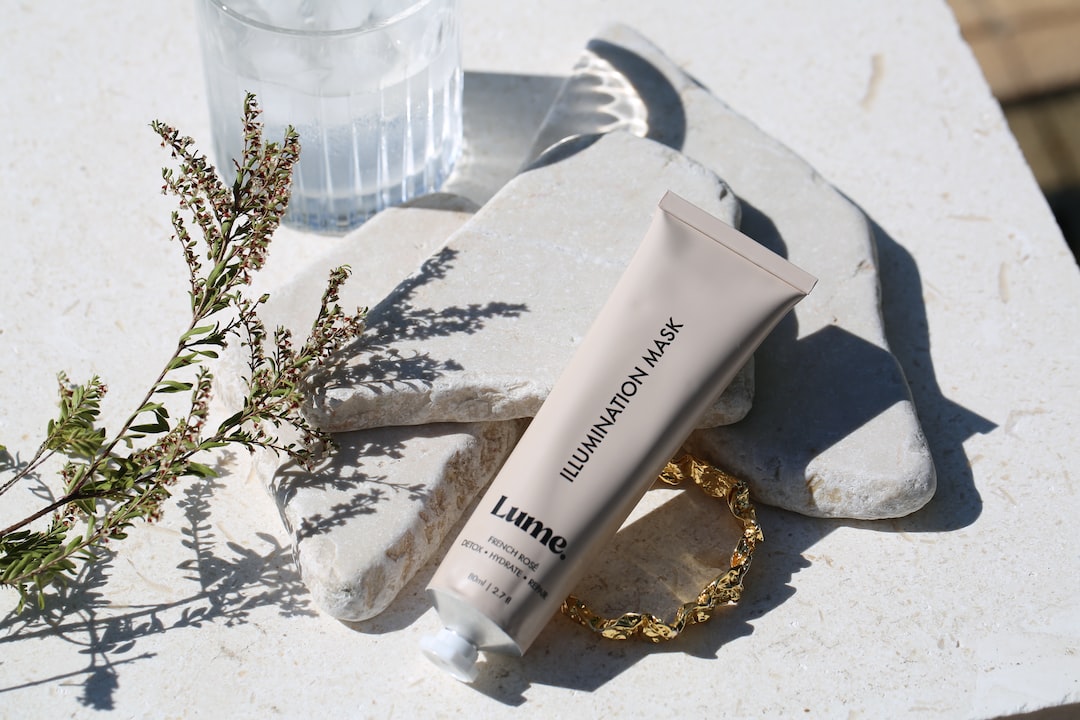What to Expect When Using Retinol for the First Time
Retinol is a powerful ingredient that improves skin tone and texture and reduces signs of aging, such as fine lines and sun damage. It also helps reduce dark spots (hyperpigmentation) and prevent acne by preventing pores from becoming blocked with excess oil or dead skin cells.
Experts recommend starting with a low-concentration retinol product and slowly titrating up as your skin gets used to it. They also recommend mixing it with a moisturizer and using it in the morning before sunscreen.
Dryness
A common side effect of retinol is dry skin, as it increases the speed of cell turnover. This can lead to flaking, itching, and redness, but a hydrating moisturizer should help. A product that contains niacinamide is also helpful for addressing this issue since it helps balance the acidity in your skin and is more gentle than a glycolic acid- or salicylic-based treatment.
Retinol can also lighten dark spots, including sun, age, and liver spots. These spots result from hyperpigmentation, caused by a build-up of melanin, which gives your skin color. Topical retinol can reduce the appearance of these marks by slowing down the overgrowth of new cells and accelerating collagen production.
You must know what to do when your skin is freaking out from retinol. It is important to note that it may take months for retinol to show visible results, especially if you are a first-time user. As dermatologists recommend, start with a low concentration and slowly increase use over time. For example, you can begin by using it once a week and then work your way up to twice a week with a few retinol-free days in between.
Redness
When you use a retinoid, your skin will likely look red because of the increased cell turnover. But this is normal and usually short-lived. Talk to your dermatologist immediately if you experience intense redness, peeling, or flaking.
It’s also important to note that retinoids can increase your sun sensitivity. Always wear broad-spectrum sunscreen daily while using a retinoid, especially in the summer.
If you’re concerned about redness from retinol, try mixing it with your favorite moisturizer before applying. This will dilute it and help make the application less harsh. Also, dermatologists recommend starting with a low percentage of retinol (usually about.03 percent) and titrating up to get your skin acclimated.
“I would much rather my patients start with something a little weaker and use it regularly than go too fast and burn their skin,” says Boston-area dermatologist Ranella Hirsch. She adds that you shouldn’t be afraid to try retinol if you have sensitive skin because, as long as you stick with it and are careful about how much you apply and how often, it should work for everyone.
Irritation
Retinol can irritate when used with other active skin-care ingredients like glycolic or salicylic acid. It also makes your skin more sensitive to sunlight, so using a broad-spectrum SPF daily is essential while using retinol—and always before a facial or in-office treatment.
Retinoids are a great anti-aging ingredient, speeding up cell turnover to plump and firm the skin. They’re also helpful for acne, as they help keep pores clear of blackheads and whiteheads by decreasing oil production and preventing dead skin from building up.
However, it’s important to remember that you’ll need to be patient when using retinol. Trying to get results right away can lead to red and irritated skin, which could be better. It’s best to start to slow with a product with a low percentage and gradually work your way up to the daily application, says dermatologist Ranella Hirsch.
Flaking
As your skin acclimates to retinol, it may flake a bit. But, if you’re careful to avoid irritating products and ingredients (like salicylic acid, glycolic acid, hydroquinone, and others), it should be mild, says Tiara Willis, a New York-based esthetician. The excellent news is innovations in formulation have made retinol much more tolerable for those with sensitive skin. For example, micro-encapsulated formulas (where the retinol is encapsulated within something else) make it more time-released and penetrate deeper into the skin, says Boston dermatologist Ranella Hirsch, MD.
Another way to make retinol more comfortable is by ramping up your usage slowly. “People who jump in and use a retinol every night right from the start often get ‘burned,'” says dermatologist Joshua Camp, MD. He recommends starting with just a pea-sized amount of product to be used over the entire face—being careful around your mouth, nose, and eyes—every third night for a month. Then, gradually increase to twice a week as your skin tolerates it.
Itching
Itching can occur with over-the-counter and prescription retinoids, but it tends to be more prominent with prescription formulas such as tretinoin (Retin-A). The shedding of skin cells typically causes this itching. This process is called routinization and can last a few days or months, depending on your skin.
For those just starting with retinol, it’s important to remember that slow and steady wins the race. “It takes time to recognize the skin, and you must build up to it,” says Dr. Hirsch. She suggests starting with a pea-sized drop of the product two or three nights a week, then working your way up to every other day and, eventually, daily use.
You should also avoid using retinol in the sun and apply sunscreen with SPF 30 or higher before going outdoors. This is because retinol increases your skin’s sensitivity to sunlight and can cause sun damage. Additionally, it’s best to use a gentle cleanser before applying your retinol and continually apply it at night.




